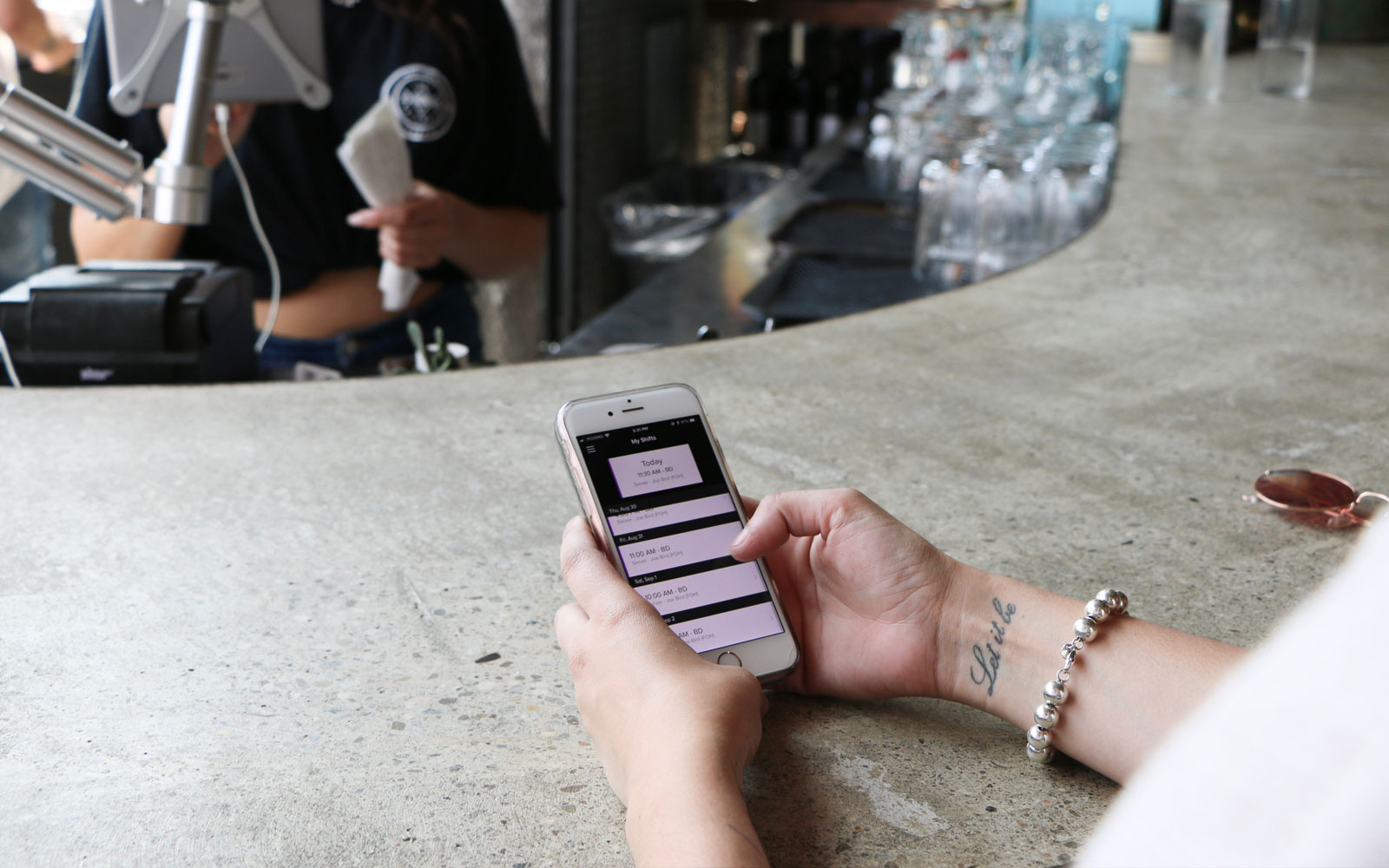Mobile Device ID Targeting is old-world meets new-world marketing. Do you remember how years ago when you went to an event, then came out to your car afterward, there was a flyer under your windshield wiper? That is what Mobile ID Targeting is in the digital age…reaching an audience based on a location or event they attend to advertise for a similar event or target-audience…but these days we do it by identifying their mobile device (Smartphone). Contextual targeting is when you run ads on a web site (i.e. Ad Age) to target people interested in that content (advertising information). Mobile targeting reaches a real-world audience based on locations or events they visit, because you know that contextually, if they’ve visited this business then they must be interested in your business. Mobile Device ID Targeting creates a first-party data audience based on cell phone tracking information.
The Technology
Mobile ID uses GPS targeting, creating a GPS geofence around the coordinates of a building or facility or parking lot or whatever area you want to reach, targeting down to precise GPS targets within 14 feet. Once you identify the area you want to target, we can then identify the phones that enter that location at a specific date and time.
Our goal is to capture the phone “ID’s” that enter into that area. A phone ID is not the phone number, but rather a number the phone uses to be identified for its location so that it can travel between cell towers without dropping a call. It is also the number used to track your location for apps and maps. We are able to identify the phones within a given geofence by the day and time it is there. This is the same technology the FBI uses to track criminals!
Time Travel is Real
We can capture IDs in real time, but more importantly, we can go back in time and gather the phones that have visited a location within a specific time frame. We pick the day and time at a location, then identify the phones that were within that geofence at that time. For example, if there was a concert a month ago at a stadium, we can identify the phones at that stadium on the day and time of the concert, capturing the audience that attended the concert. This means when we’re planning a campaign, we can pick the events that have happened in the past that are relevant to our target audience, go back in time and identify the people that went to that event, then advertise to those same phones in the future.
The Key to Success
Mobile ID targeting is so important because we are able to create a first-party audience by capturing smartphone data. We can then target this audience through display ads within the apps on their phone. We can also use this audience to target them on Facebook, Instagram, or with programmatic media using display ads, pre-roll video or even OTT Video, the “New TV.”
Stay in touch to reach part 2 of this 4-part series, “How Mobile Device ID Targeting Works,” coming 9/16/19. Follow us now.
